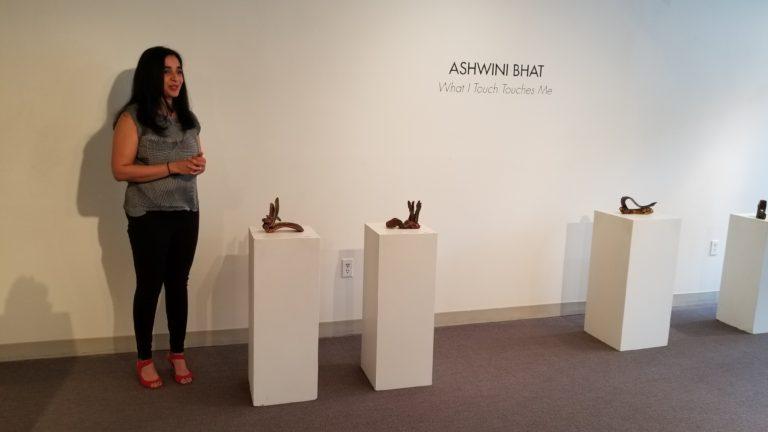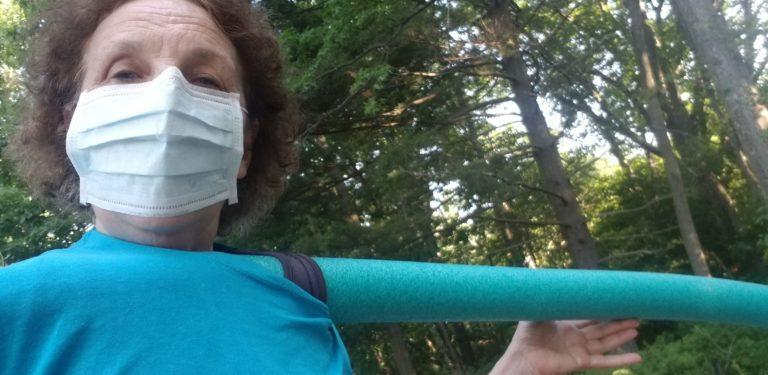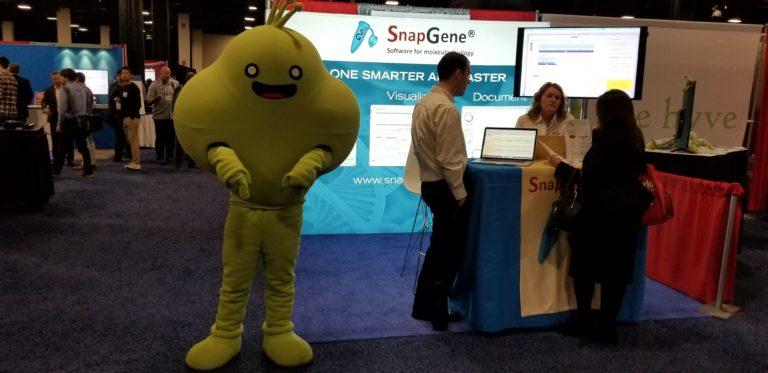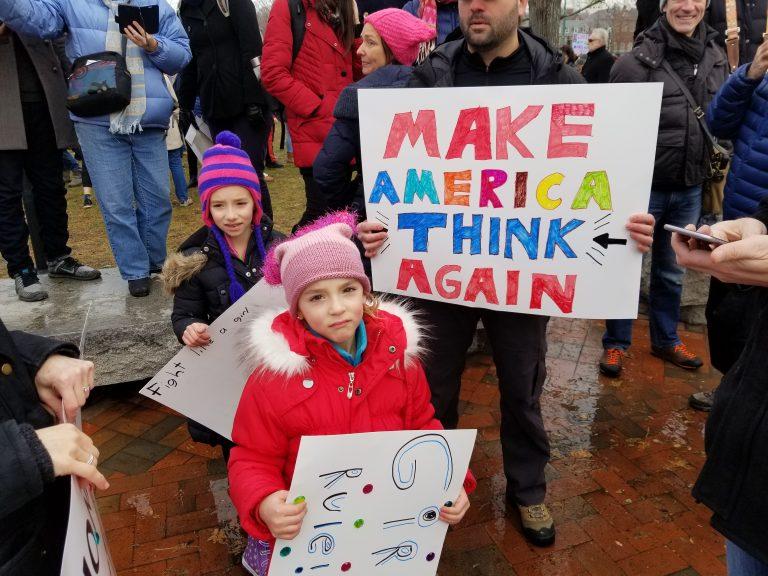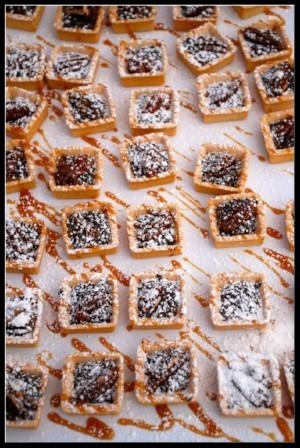Anita Harris reviews Ashwini Bhat ceramics show at Lacoste Gallery, Concord, MA.
Writer
Writer Anita Harris is thankful that Cambridge has reached phase 3 in Massachusetts' covid reopening --and...
Writer Anita Harris interviews biotech pioneer Robert Langer of MIT on how researchers can avoid the dreaded...
Cambridge science writer Anita Harris reports on award-winning technologies she came upon at the 2018 BIO-IT World...
Writer Anita Harris enjoyed the spirit and creativity exhibited at the 2018 Women's March in Cambridge, MA....
Anita Harris is looking forward to her second Harvard Square chocolate tasting, tho she has qualms about...
